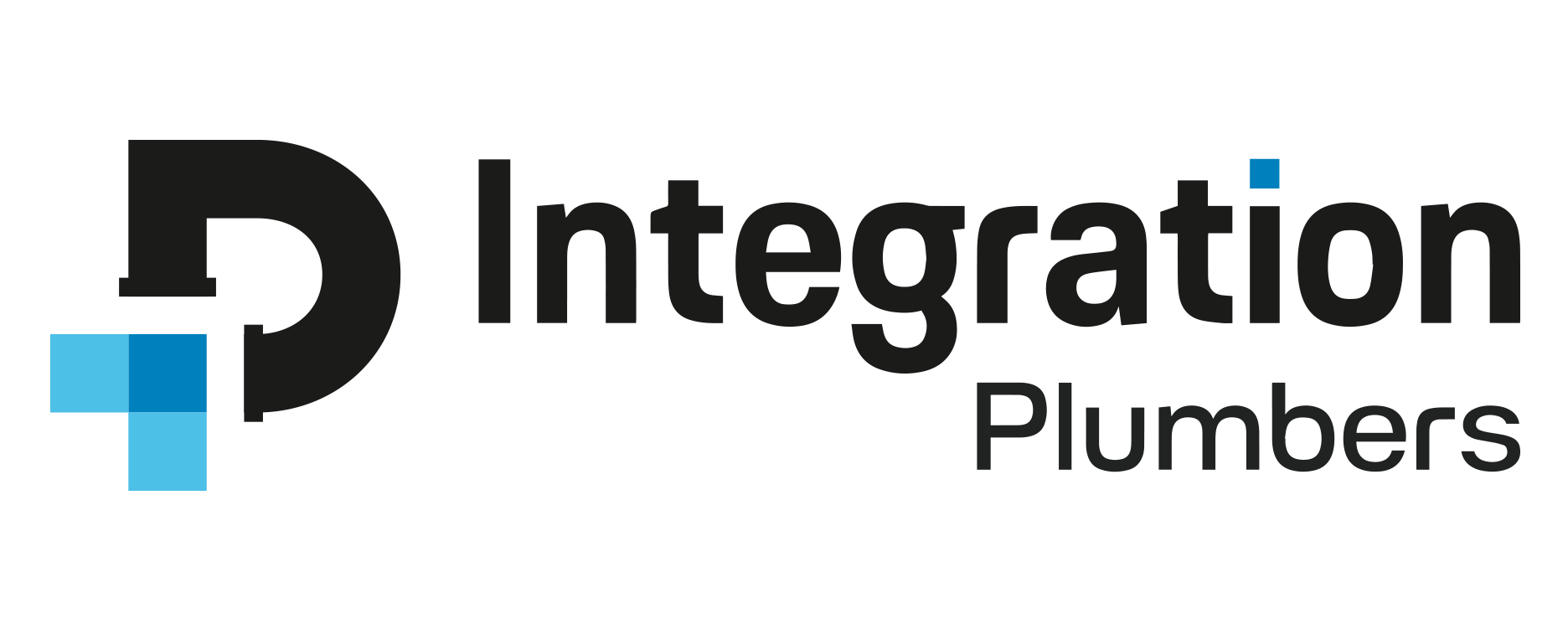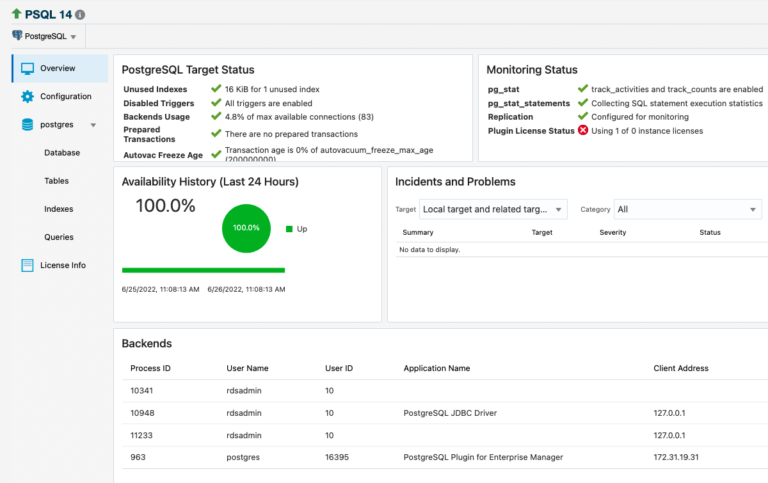Monitoring Vs Observability with Oracle OCI Observability & Management
In the fast-evolving landscape of IT operations, the terms Monitoring and Observability are often used interchangeably—but they serve distinct purposes. In this article, we’ll demystify these concepts, highlight their key differences, and show you how to leverage Oracle Cloud Infrastructure (OCI) Observability & Management (O&M) to gain deeper insights into your system’s performance and reliability.
Traditional Monitoring vs. Observability
Monitoring is the process of collecting and analyzing system metrics and logs to assess the health of a resource. It helps answer questions like:
- What is the current state of my system?
- Are there any errors occurring?
- How can I track system behavior over time?
- How do I react to incidents via alerting systems?
However, traditional monitoring has limitations. It often struggles with unknown unknowns—issues that arise unexpectedly, such as:
- Unusual API activity (e.g., unexpected POST/PUT requests or abnormal data transfers)
- Correlations between active users and application performance
- Predicting potential failures before they occur
Observability takes monitoring a step further by providing deeper insights into system behavior. It enables you to understand the internal state of a system by analyzing data across multiple environments. Observability is built upon three pillars:
- Metrics – Quantitative data points like CPU usage, response times, and error rates.
- Logs – Time-stamped records of events occurring within the system.
- Traces – End-to-end tracking of requests as they move through different system components.
Observability platforms enhance visibility, particularly in cloud environments, by helping you:
- Identify trends and outliers
- Establish dependency mapping between different system layers (e.g., application to network or database)
- Pinpoint bottlenecks and recurring patterns
- Gain actionable insights for proactive issue resolution
How OCI Observability & Management (O&M) Helps
Oracle OCI O&M offers a suite of tools to enhance both monitoring and observability, including:
- Monitoring – Tracks performance and system health.
- Logging & Logging Analytics – Collects, stores, and analyzes logs.
- Event Services – Detects and responds to system events.
- Application Performance Monitoring (APM) – Provides deep visibility into application behavior.
- Database Management – Monitors and optimizes database performance.
- Operations Insights – Provides comprehensive information about resource use and capacity of databases and hosts.
Use Case: Observability in CI/CD Pipelines
A typical use of CI/CD includes elements such as build and deploy pipelines, containers, functions, and API gateways. In traditional monitoring, each of these components would be analyzed individually. However, with OCI O&M, you get a holistic view:
- Metrics track storage usage, network traffic, and performance trends.
- Logging & Logging Analytics ensure deployments are successful and error-free.
- APM helps pinpoint user experience issues by tracing requests and diagnosing failures.
This comprehensive approach makes it faster and more efficient to detect and resolve failures in your CI/CD pipeline.
What’s Next?
Fully leveraging an observability platform simplifies troubleshooting and system analysis. However, setting it up correctly requires:
- Ensuring that monitoring, logging, and APM agents are properly configured
- Creating customized dashboards to visualize critical data
- Integrating with external tools like ServiceNow for automated alerts
That’s where Integrations Plumbers comes in. We specialize in Oracle O&M consulting, providing tailored solutions that offer deep insights into your entire environment.
If you’d like to explore how we can help optimize your observability strategy, let’s connect! We’d love to discuss your specific needs and find the right solution for your business.





